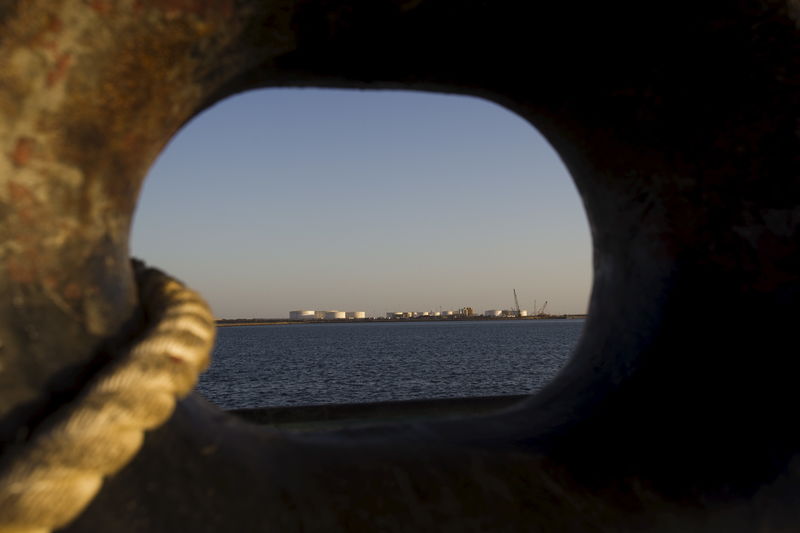(Bloomberg) -- U.S. consumer price gains accelerated in February to a fresh 40-year high, consistent with rapid inflation that’s become even more pronounced following Russia’s invasion of Ukraine.
The consumer price index jumped 7.9% from a year earlier following a 7.5% annual gain in January, Labor Department data showed Thursday. The widely followed inflation gauge rose 0.8% in February from a month earlier, reflecting higher gasoline, food and shelter costs.
Follow the reaction in real time here on Bloomberg’s TOPLive blog
The median projections of economists in a Bloomberg survey called for the CPI to rise 7.9% from a year ago and 0.8% from January.
Excluding volatile food and energy components, so-called core prices increased 0.5% from a month earlier and 6.4% from a year ago.
The data illustrate the extent to which inflation was tightening its grip on the economy before Russia’s war brought about a spike in commodities, including the highest retail gasoline price on record. Most economists had expected February would be the peak for annual inflation, but the conflict likely means even higher inflation prints in the coming months.
To combat building price pressures, the Federal Reserve is set to raise interest rates next week for the first time since 2018. At the same time, the geopolitical situation adds uncertainty to the central bank’s rate hiking cycle over the coming year.
Fed officials could take a more hawkish stance if energy price shocks lead to higher and more persistent inflation, but they also may take a more cautious approach if sinking consumer sentiment and declining real wages begin to weigh on growth as the war drags on.
The February report showed that gasoline prices rose 6.6% from the prior month and accounted for almost a third of the monthly increase in the CPI. Some of that may reflect energy price spikes resulting from the first days of Russia’s invasion during the last week of the month. The impact will be more fully captured in the March CPI report.
So far this month, the retail price of a regular-grade gasoline has increased 19.3% to $4.32 a gallon, according to American Automobile Association data.
Food prices climbed 1% from the prior month, the largest advance since April 2020, the CPI report showed.
While the war’s full impact on the U.S. economy remains unclear, soaring costs of oil, grains and metals are likely to feed through to other commodities and ultimately consumer prices. The Biden administration on Tuesday banned Russian oil imports into the U.S., a move that will add to energy price pressures.
©2022 Bloomberg L.P.

